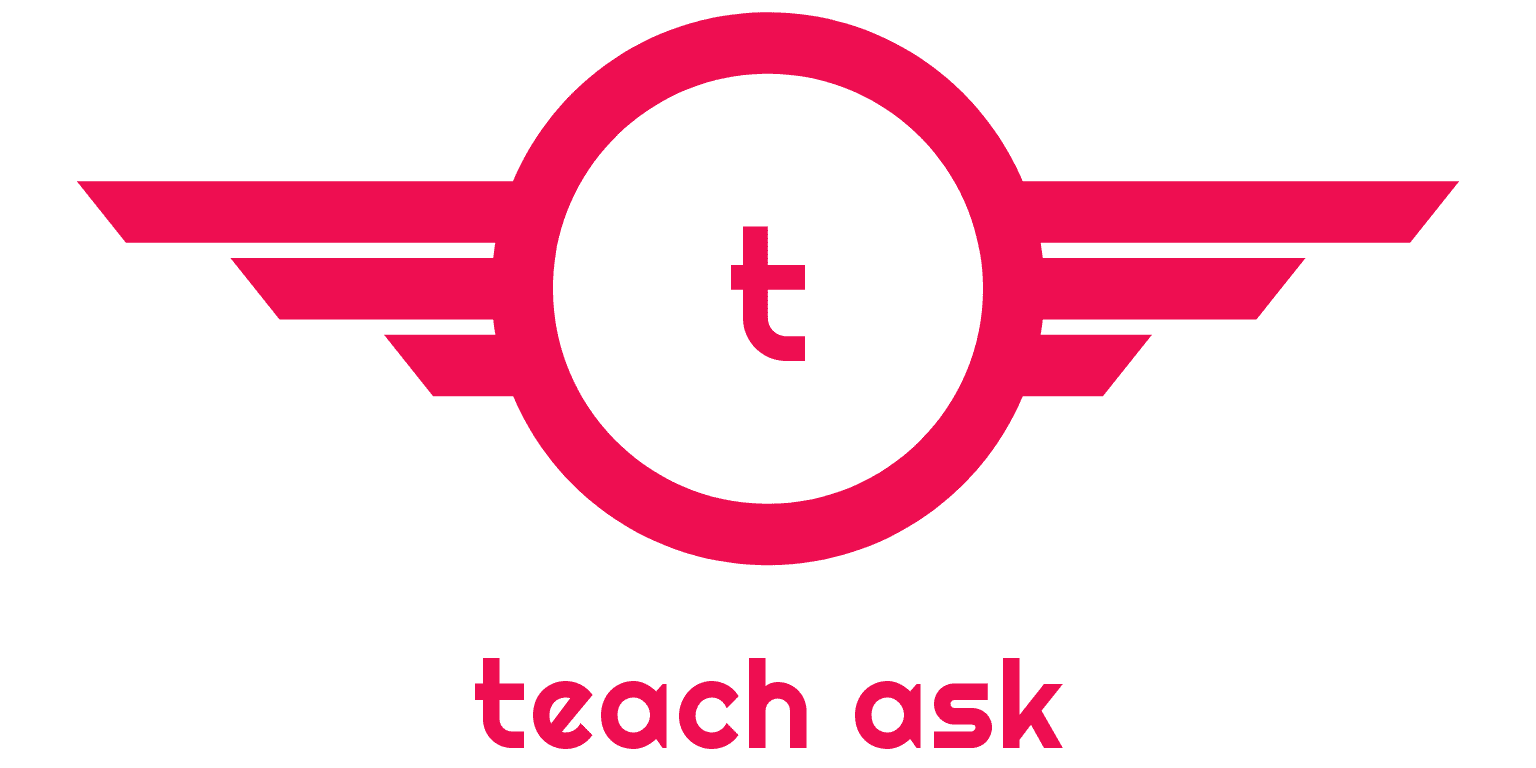Inspection Of Electrical Equipment At Site
1. Inspection Electrical Equipment At Site - Unloading
Inspection means examination of machines, machine auxiliaries, parts etc. for their damage if any or missing parts etc.
Inspection is a overall observation, super efficient.
Aim - The main aim of inspection is to check that the machine received is in good condition and are as per our requirements.
The machinery is brought to the site by transportation by trucks, carts, railway etc.
The machines from the manufacture's place is received at site in proper packages, wooden frames, etc and when unloaded a thorough inspection be carried out.
Necessary tools and equipments be used for unloading the machinery.
Heavy machine is rolled on inclined plank using pipes or bars be carefully watched or such methods be avoided instead cranes can be used.
Use of chain pulley, ropes is advisable.
Instructions given by the manufactures on the packing be strictly observed and followed. Inspection is carried out by a team of experts who know the machines, have a lot of experience in this respect.
The machines be handled by mutual instructions amongst team members.
2. Machine Unloading /Handling
Care must be taken in handling the machines to avoid damaging of any part of machine. Windings and insulation must be taken care of.
Generally on the frames of machines, on the vertical up side at the centre, hook is provided.
For lifting the machine make use of that hook with the help of chain or pole and move properly the machine in required direction and put it where it is to be placed without any jerk.
Following precautions must be observed during handling.
- Use hook provided on the machine.
- Don't lilt the machine, keep it balanced.
- Don't use shaft of the machine for handling,
- Don't drag the machine or roll it on floor.
- Avoid jerks in pulling the machine.
3. Unpacking Of Machine
On arrival of the machine at site, packings must be checked. Following the instructions of the packages written by the seller / factory.
If there is any damage, immediately bring to the notice of the supplier to keep the claim from our side.
An advice note and list of parts is sent by the supplier along with the machinery. Check as per the list. If any part is missing, bring it to the notice of the supplier.
Generally supplier indicates on the package the following instructions:
⬆️this side up; Don't turn U, handle with case,
These instructions are to be followed totally.
Proter tools, plier, screw driver, lever, saws, nail-pullers be used for unpacking.
4. Inspection After Unpacking
After the packing is opened, use brush, blower to clean dirt dust etc. remove cotton fibres, other material entered inside.
See the parts carefully, whether joints are perfect or loose lits are loose, parts dislocated.
Such small repairs be made immediately-before installation.
See the name plate of machine and check all as per this plate.
If loose parts, spare-parts are provided with the main machine, check the same as per the list.
5. Various Aspects Of Inspecting Mechanical Parts Check
- Foundation level
- Shaft seat
- Coils tightly fitted
- Alignment of couplings Alignment of shafts, couplings
- Bearings, grease
- Rotation of rotating part by hand
- Use filler gauge to check uniform air gap between stator and rotor.
6. Pre-Start Tests Of The Machine
Before commencing the machine for operation, the following tests shall be carries
- Measurement of resistance
- Measurement of insulation resistance of winding
- No-load test
- Trial of starting
- ON-load test
- Power frequency H.V.Test
- Test on cooling system
- Reversing / stopping
- Special tests like - vibration test / over voltage test.
7. Inspection Of An Electrical Motor Before Installation
At the manufacturers premises the motor are stored for a long time. The place may not and moisture, dampness may affect the machines, Insulation may be lowered down and therefore before installation following inspection shall be done.
- Take external inspection of motors for conditions.
- Open the terminal box and inspect connections.
- Remove dirt, dust deposits by blowing.
- Turn the shaft of rotor in both clock wise and anticlockwise direction and ascertain it
- freely rotates by hand on both directions.
- Defects noted during inspection be rectified.
- Particular attention should be given towards antifriction bearings of the motor.
- Use megger to measure insulation resistance between windings and frame.(It should be > 0.5 MΩ)
8. Technical Report And Inspection Report
discussed in the above sections and sub sections, various machines and equipments
technical checking and inspection is done by the experts.
The report in this regards is to be prepared and maintained in the prescribed printed preformas and inspection report files prepared by respective departments and section.
After security, a separate department wise/ section wise reports are prepared by the inspectors and sent the higher authorities for further necessary action.
The authorities then conveys the necessary instruction to the respective heads of the departments for necessary actions.
The printed sheets / preformas are available in the organisation for processing.




























0 Comments